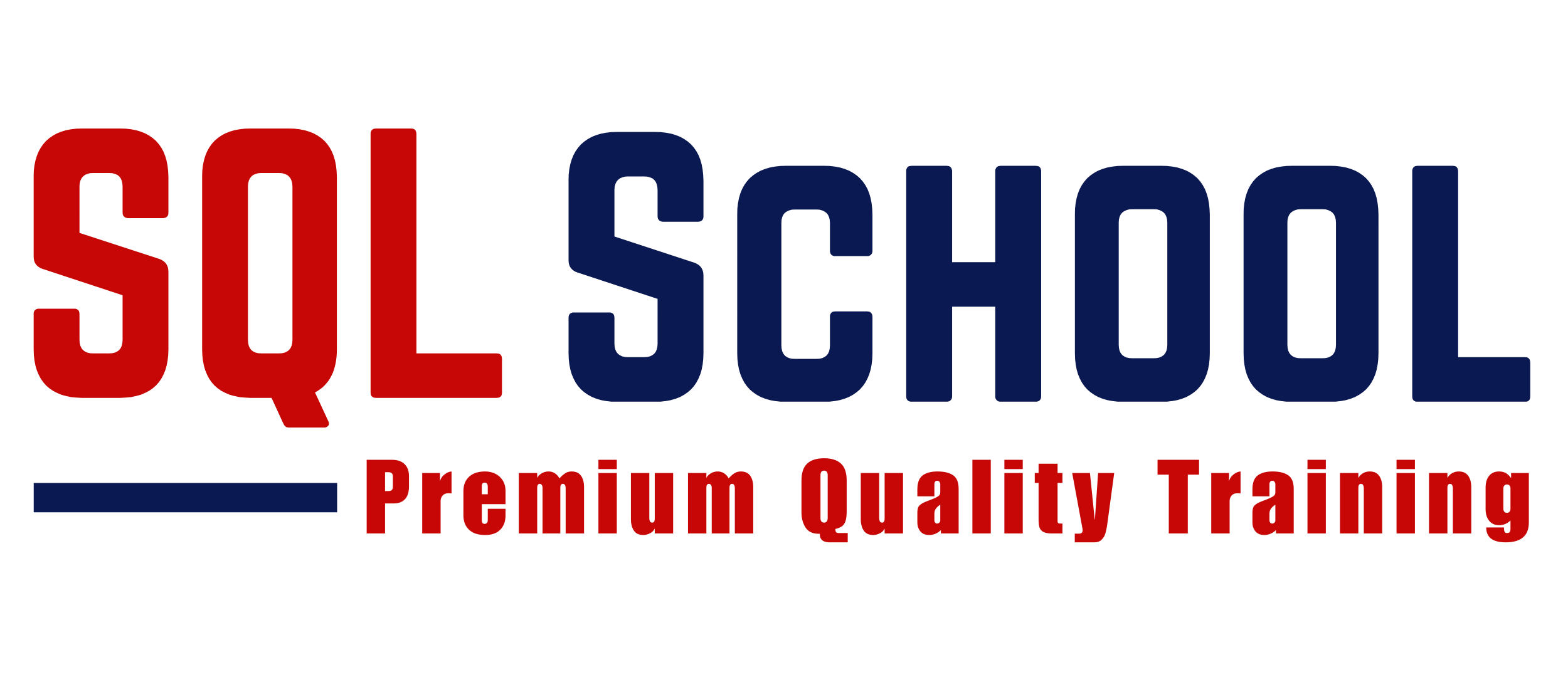SSAS Online Training at SQL School is carefully designed to involve Datawarehouse Implementation, OLAP Data Modelling, Cube Development, Dimension Modelling, MDX Programing, DAX Expressions, MDX & DAX Reports, Data Mining with Forecasts and Tuning and Debugging operations. Classes are completely practical and interactive with one real-time Case Study.
Pre-requisites: Participant needs to have knowledge on SQL Server T-SQL Queries to join our Real-time Practical Data Modelling (SSAS) Training Course.

